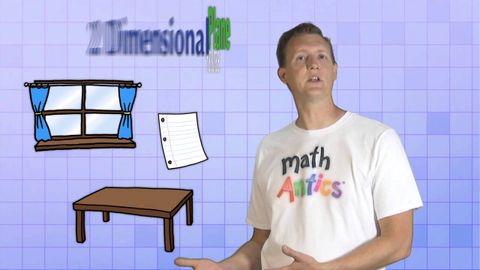
Subtitles & vocabulary
Math Antics - Points, Lines, & Planes
00
Yassion Liu posted on 2016/07/22Save
Video vocabulary
trick
US /trɪk/
・
UK /trɪk/
- Transitive Verb
- To fool someone in order to obtain a result
- To playfully tease or fool to make someone laugh
- Noun (Countable/Uncountable)
- Act of trying to fool someone
- Quick or skillful way of doing something
A2
More rest
US /rɛst/
・
UK /rest/
- Noun (Countable/Uncountable)
- Time when one relaxes, sleeps, or is inactive
- State in which there is a lack of motion
- Verb (Transitive/Intransitive)
- To stop working or avoid activity to recover
- (Of dead person) to lie in a grave
A1
More kind
US /kaɪnd/
・
UK /kaɪnd/
- Adjective
- In a caring and helpful manner
- Countable Noun
- One type of thing
A1TOEIC
More imagine
US /ɪˈmædʒɪn/
・
UK /ɪ'mædʒɪn/
- Verb (Transitive/Intransitive)
- To think creatively about; form mental picture of
- To suppose or assume something.
A1TOEIC
More Use Energy
Unlock All Vocabulary
Unlock pronunciation, explanations, and filters
